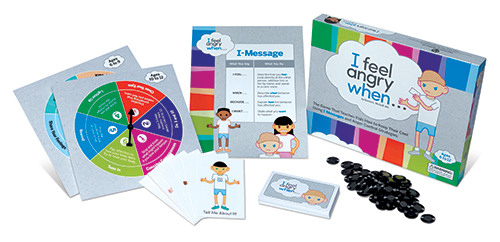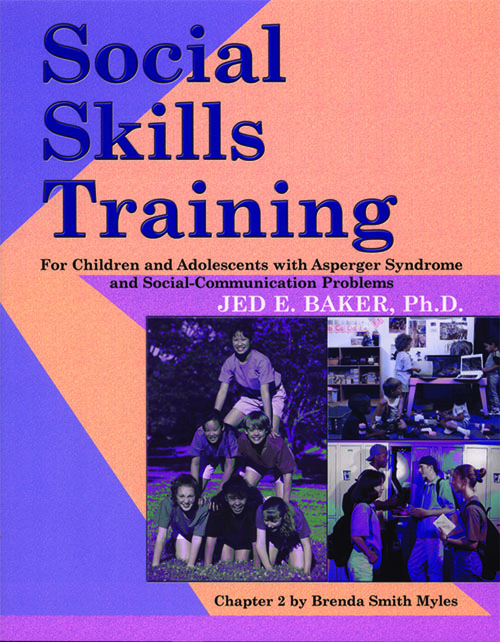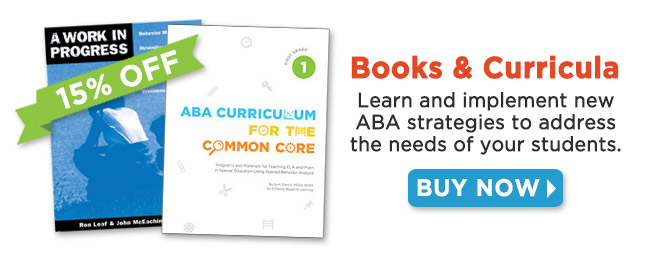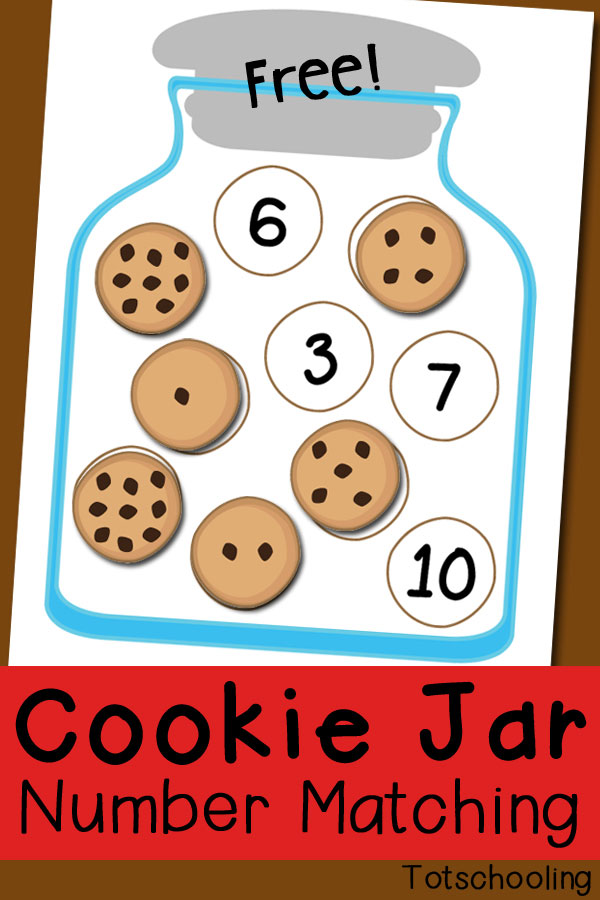Token economies are used in many different environments. They’re typically simple to implement and achieve desired results for behavior change, especially in autism classrooms. Furthermore, there are tons of research on how to best use them. If you want to get the best results while simultaneously promoting independence in your learners, it is not as simple as just putting some stars on a chart.
- Use a preference assessment. This will help you identify reinforcers your learner may want to earn. As I’ve mentioned in previous posts, I often use the Reinforcer Assessment for Individuals with Severe Disability (Fisher, Piazza, Bowman, & Amari, 1996). You can view it here.
- Define the target behavior. What behaviors do you want to increase? And how can you define them so they are clearly observable and measurable. For instance, your learner could earn tokens for raising his or her hand in class or responding to a question within 3 to 5 seconds. It is important the behavior is clear and everyone using the token economy agrees on what each behavior looks like.
- Choose your tokens. When I was a classroom teacher, I had a class-wide token economy in which my students earned paperclips. The paperclips had no value initially, but once the students understood the system, I could put paperclips in the bags of the students who were sitting quietly while still continuing to teach my lesson. It allowed them to reinforce the appropriate behaviors and make the most of instructional time. For other students, I’ve used things such as Blue’s Clues stickers, smiley faces I drew on a piece of paper, and even tally marks on an index card.
- Choose when and how tokens will be exchanged. With the paperclip system in my classroom, exchanges occurred at the end of the day. After everyone had their bags packed and were sitting at their desk, we did the “paperclip count” and students could decide whether to spend or save. There was a menu of options ranging in price from 10–100 paperclips. It was also a great way to reinforce some basic math skills (such as counting by fives and tens and completing basic operations). For other students, they might be able to exchange tokens after earning a set amount. Depending on their level of ability, that set amount may be very small (such as 2 to 3) or much larger (such as 25). Sometimes, students have a choice of items or activities, while at other times they earn a pre-selected item or activity.
- Keep it individualized. Conducting a preference assessment helps to make sure it’s individualized to your learner’s preferred items. With my students, the menu of items/activities they could earn was generated through a conversation with them.
- Decide if you will implement a response cost. For my students, I have never used a system in which they could lose tokens they had already earned. But you may find that utilizing it may help. It all depends on your particular learner, which makes the next point all the more important.
- Take data. You need to take data so you will know if your token economy is helping you achieve your goal with the target behaviors you have set.
- Thin the reinforcement over time or change the target behaviors. I do not want any of my learners to be using a token economy for one behavior for all eternity! Let’s say I start with a young learner who is not sitting down for instruction. I may start the token economy by having my student earn a token for every instance in which they are seated correctly for a specified period of time. As my student masters that, I will increase the amount of time required before a token will be earned. Once they’ve achieved the goal I set, I can either fade out the token economy, or keep the token economy but use it for a new behavior.
WRITTEN BY SAM BLANCO, MSED, BCBA
Sam is an ABA provider for students ages 3-12 in NYC. Working in education for ten years with students with Autism Spectrum Disorders and other developmental delays, Sam has developed strategies for achieving a multitude of academic, behavior, and social goals. Sam is currently pursuing her PhD in Applied Behavior Analysis at Endicott College.







 The Social Skills Picture Book
The Social Skills Picture Book

 Check out this
Check out this 




 You can download the free printable by clicking
You can download the free printable by clicking